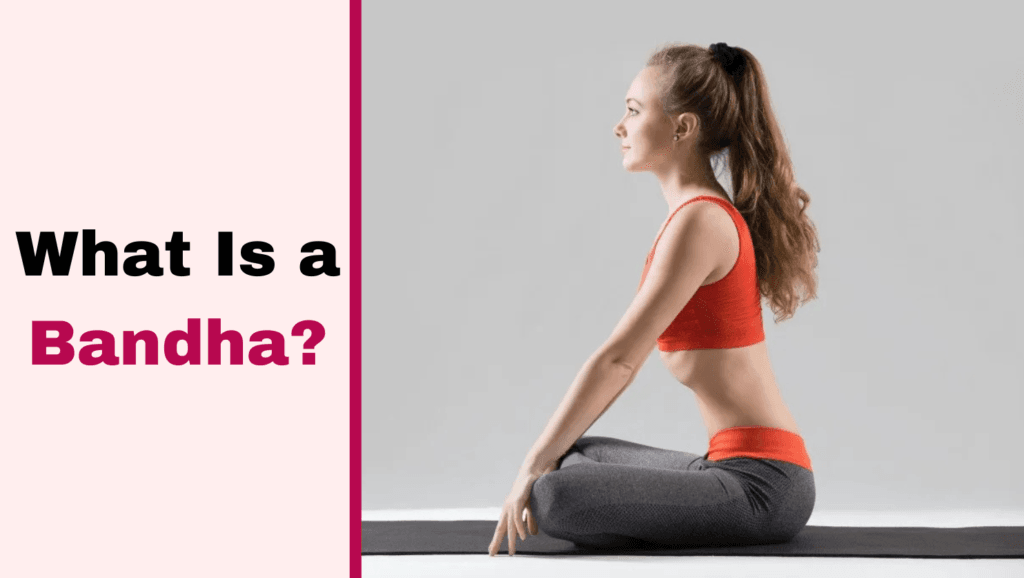In the vast and intricate landscape of yoga, the term Bandha holds a special place. Translated from Sanskrit, Bandha means “lock,” “seal,” or “bind.” These are subtle yet powerful internal techniques used to regulate and direct energy within the body. They are integral to advanced yoga practices and are employed to enhance the flow of prana (life force), support the breath, and deepen the connection between body and mind.
In the context of yoga, a Bandha is not merely a physical contraction but a convergence of awareness, breath control, and energy manipulation. Understanding and practicing can elevate your yoga experience to a profound level, fostering balance, vitality, and inner transformation.
The Significance of Bandhas in Yoga
Bandhas play a pivotal role in the practice of pranayama (breath control), asana (postures), and meditation. They act as gateways that regulate the flow of energy within the body’s nadis (subtle energy channels). By consciously engaging specific muscles and regions of the body, are taught in depth during a Yoga Teacher Training in Rishikesh, where students learn to harness these energy locks to enhance their practice, improve focus, and elevate their overall yoga experience.
- Prevent Energy Leakage: Yoga help contain prana within specific areas, preventing its dissipation and allowing it to be channeled efficiently.
- Stimulate Energy Centers: They activate and energize key chakras, aiding in spiritual awakening and heightened consciousness.
- Enhance Stability: yog create physical and energetic stability during yoga poses, enabling practitioners to hold postures with greater ease.
- Promote Detoxification: By engaging internal organs and muscles, Bandhas stimulate circulation and aid in the removal of toxins.
- Unify Body and Mind: Practicing requires focus and mindfulness, fostering a deeper connection between the physical and subtle layers of the self.

Types of Bandhas
There are three primary Bandhas, each targeting a specific area of the body, and a fourth, Maha Bandha, which combines all three. Let’s explore each in detail:
1. Mula Bandha (Root Lock)
- Location: The perineum, or the pelvic floor area.
- How to Perform:
Mula Bandha involves contracting the muscles of the pelvic floor, similar to the action of holding in urine or stopping the flow of gas. While performing it, focus on lifting the perineum upward toward the spine.
- Benefits:
- Activates the root chakra (Muladhara), promoting grounding and stability.
- Strengthens pelvic floor muscles, which is particularly beneficial for reproductive and urinary health.
- Redirects energy upward, supporting meditation and higher consciousness.
2. Uddiyana Bandha (Abdominal Lock)
- Location: The abdomen, just above the navel.
- How to Perform:
Begin by exhaling completely to empty the lungs. Then, while holding the breath out, draw the abdominal muscles inward and upward, creating a hollowing effect in the belly.
- Benefits:
- Stimulates the solar plexus chakra (Manipura), boosting confidence and willpower.
- Massages and tones the digestive organs, improving metabolism and digestion.
- Creates a light, uplifting energy, enhancing vitality and focus.
3. Jalandhara Bandha (Throat Lock)
- Location: The throat region.
- How to Perform:
Slightly tuck the chin toward the chest while lifting the sternum. This action compresses the throat and creates a seal. Ensure the shoulders remain relaxed, and maintain an even, gentle breath.
- Benefits:
- Activates the throat chakra (Vishuddha), enhancing communication and self-expression.
- Regulates the thyroid and parathyroid glands, supporting hormonal balance.
- Protects the heart and brain during pranayama by controlling pressure in the blood vessels.

4. Maha Bandha (The Great Lock)
- How to Perform:
Maha Bandha is the combination of all three Bandhas—Mula, Uddiyana, and Jalandhara. Start with Mula Bandha, then engage Uddiyana Bandha, and finally add Jalandhara Bandha. Practice this after a full exhalation and hold the locks while retaining the breath out.
- Benefits:
- Balances all seven chakras, harmonizing energy flow throughout the body.
- Enhances mental clarity, focus, and spiritual awareness.
- Amplifies the benefits of individual Bandhas, making it a powerful practice for advanced yogis.
When and How to Practice Bandhas
Bandhas are typically introduced in intermediate and advanced yoga practices. Here’s how to incorporate them safely:
1. During Pranayama:
- Bandhas complement breath retention (kumbhaka), helping regulate the flow of prana during inhalation and exhalation.
2. During Asanas:
- Bandhas stabilize the body and enhance alignment in poses like Downward Dog, Plank, and inversions.
3. During Meditation:
- Engaging Bandhas helps focus the mind and direct energy inward, deepening meditative states.
Precautions and Tips for Practicing Bandhas
- Learn Gradually: Start with one Bandha at a time and practice under the guidance of a qualified yoga teacher.
- Avoid Overexertion: Bandhas should feel natural and comfortable. Avoid straining the muscles or holding the breath for too long.
- Empty Stomach: Practice Bandhas on an empty stomach to avoid discomfort, especially for Uddiyana Bandha.
- Mindful Breathing: Sync Bandhas with your breath to maintain ease and flow in your practice.
The Subtle Energy of Bandhas
Beyond their physical aspects, Bandhas are deeply connected to the subtle body. By engaging these locks, yogis can guide kundalini shakti (dormant spiritual energy) upward through the sushumna nadi, the central energy channel. This process awakens higher states of awareness, leading to self-realization and spiritual growth.
Scientific Perspective on Bandhas
While Bandhas are rooted in ancient yogic traditions, their physiological effects align with modern science:
- Improved Circulation: The contraction and release of muscles during promote blood flow to vital organs.
- Nervous System Regulation: Bandhas stimulate the parasympathetic nervous system, inducing relaxation and reducing stress.
- Core Activation: The engagement of deep core muscles supports spinal health and posture.

Incorporating Bandhas into Daily Life
Bandhas are not limited to the yoga mat; they can be subtly integrated into daily activities. For instance:
- Practice Mula Bandha while sitting at your desk to strengthen the pelvic floor.
- Use Uddiyana Bandha during deep breathing exercises to energize the body.
- Engage Jalandhara Bandha during moments of stillness to enhance focus and calmness.
Conclusion
Bandhas are a profound and transformative aspect of yoga that extend far beyond physical exercise. They offer a bridge between the tangible and subtle realms, empowering practitioners to harness their energy, deepen their awareness, and unlock their true potential. In a 200 hour Yoga Teacher Training in Rishikesh, students gain a comprehensive understanding of bandhas, learning how to integrate these powerful energy locks into their practice to enhance both physical and spiritual growth.
Whether you’re seeking physical vitality, mental clarity, or spiritual growth, the practice of Bandhas provides a pathway to holistic well-being. With patience, mindfulness, and dedication, these internal locks can open the door to a deeper connection with yourself and the universe.












